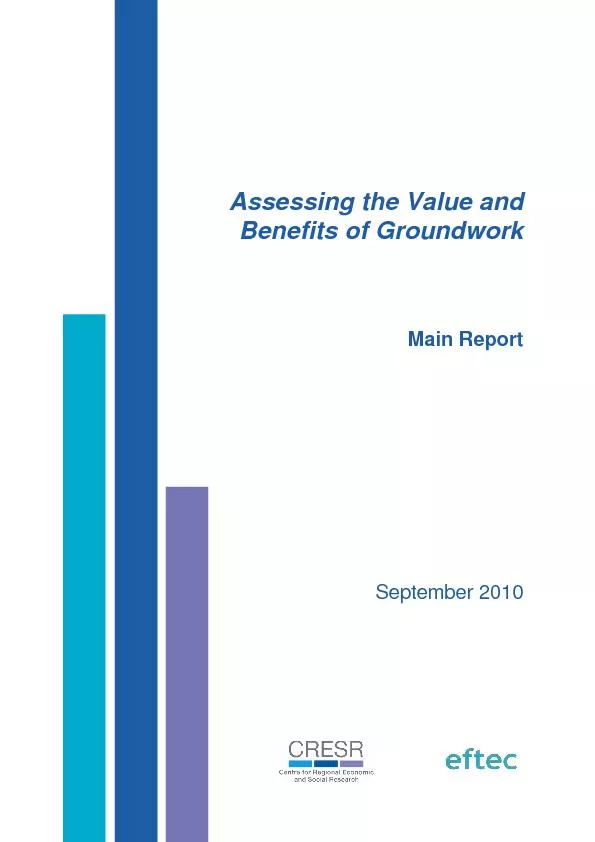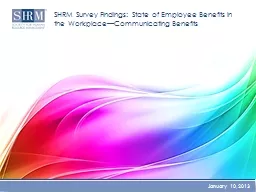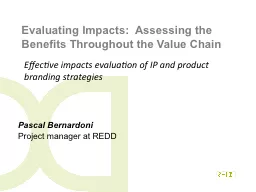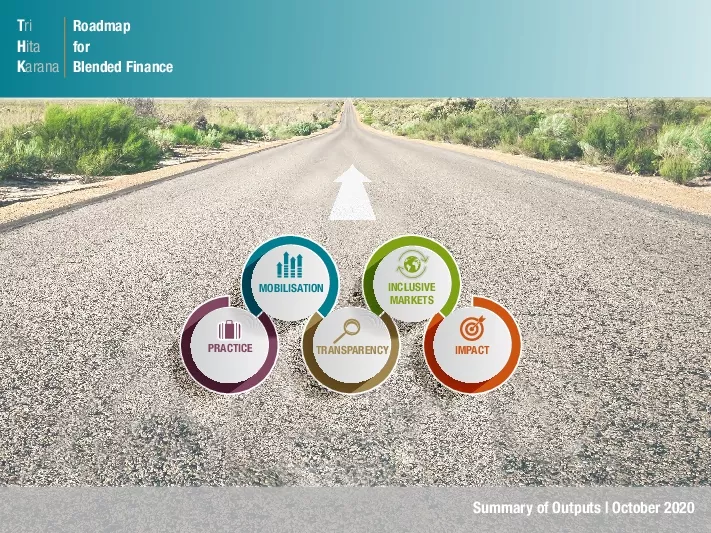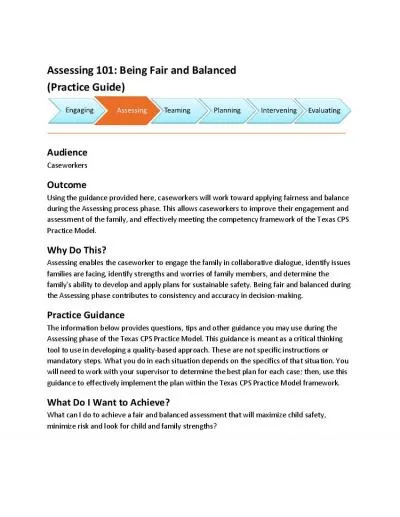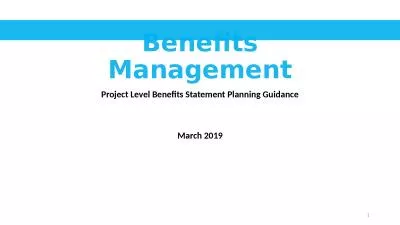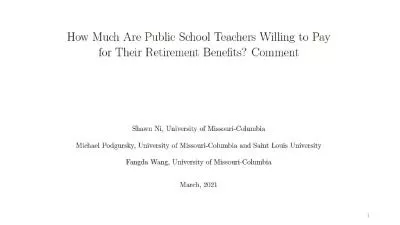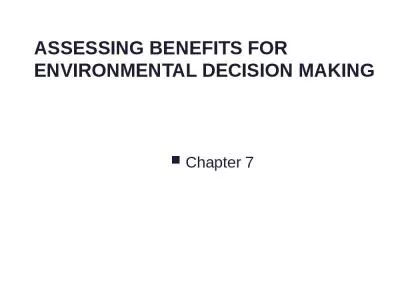PDF-Assessing the Value and Benefits of GroundworkMain Report
Author : alida-meadow | Published Date : 2016-06-10
September 2010 Assessing the Value and Benefits of GroundworkCentre for Regional Economic and Social Research Sheffield Hallam University Main Author Tony Gore Key
Presentation Embed Code
Download Presentation
Download Presentation The PPT/PDF document "Assessing the Value and Benefits of Gro..." is the property of its rightful owner. Permission is granted to download and print the materials on this website for personal, non-commercial use only, and to display it on your personal computer provided you do not modify the materials and that you retain all copyright notices contained in the materials. By downloading content from our website, you accept the terms of this agreement.
Assessing the Value and Benefits of GroundworkMain Report: Transcript
Download Rules Of Document
"Assessing the Value and Benefits of GroundworkMain Report"The content belongs to its owner. You may download and print it for personal use, without modification, and keep all copyright notices. By downloading, you agree to these terms.
Related Documents

